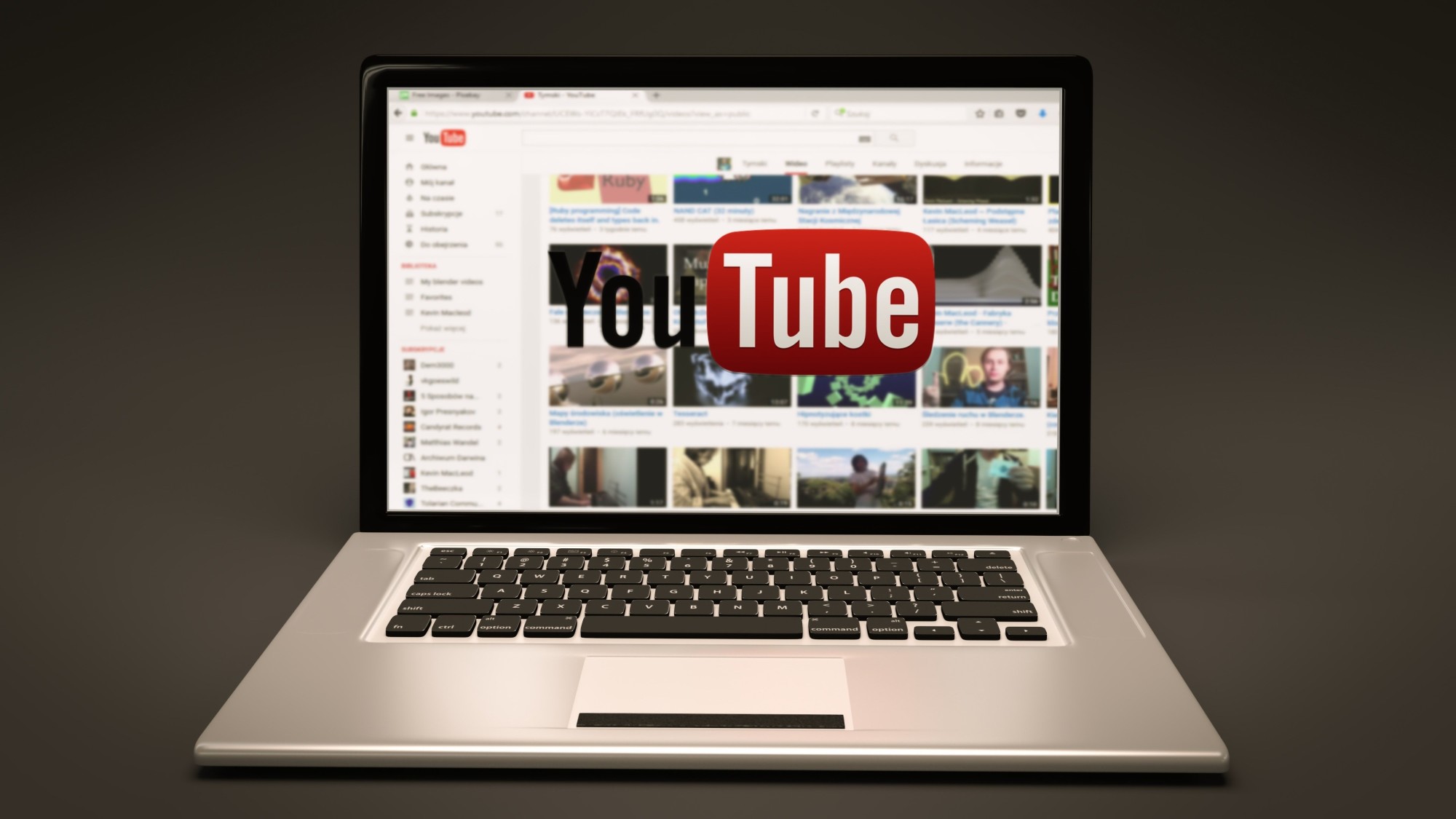Microsoft Word was first introduced in 1983. Over the years, its developers have made major changes to it. If you are a frequent user of this program you may have noticed some of the changes.
Have you ever looked at the file? Yes, the words that are found at the end of the name you give a document. You will see .DOC or .DOCX.
For the longest time, any saved files on Microsoft Word appear with the file format .DOC. Now, it’s common to see the file extension .DOCX.
Do you know what’s the difference between .DOC and .DOX? Read this guide to learn the difference between .DOC and .DOX.
The .DOC File Format
For most of its history, Microsoft Word documents were saved with the file format .DOC. This file format is the standard extension for the MS-DOS operating system.
Microsoft builds personal computers with MS-DOS – so the company had to find a way to make Word work in sync with their personal computers. This is why .DOC is proprietary.
Word files saved in the .DOC file format are stored in a binary file. This type of file contains the document formatting and other relevant information.
The options related to the text and design in .DOC are negligible. Unfortunately, this didn’t give users a significant number of options to work with.
The .DOX File Extension
Every few years, Microsoft releases a new version of Microsoft Word. The release of Word 2007 led to the introduction of the .DOCX file extension.
The X in .DOCX signifies the Office Open XML international standard for Office documents. Any file saved in .DOCX is a zip file that contains files related to the document.
The .DOCX file extension is the latest file extension used by Microsoft Word. Every Microsoft Word program released after 2007 saves documents with .DOCX. Applications from other vendors now also use .DOCX.
Instead of using the binary-based format that .DOC uses, .DOCX uses the Extensible Markup Language. This format provides more options than the older and limited binary-based format.
This new file extension provides benefits that users like. With .DOCX, file sizes are much smaller than the file sizes of .DOC. Images in the document are better looking as the images undergo compression.
No one wants to have a corrupted file as it’s a mission to open. With the introduction of the .DOCX file extension, there is less of a chance of a file being corrupted.
Which One Should You Use?
You might be asking, “Which file format or file extension should I use?” The answer to this question depends on one major factor. The version of Microsoft Word currently installed on your computer will determine this.
If you have a Microsoft Word version from 2003 or older, your documents are saved in a .DOC file format. Microsoft Word 2007 and older saves documents in .DOCX. .DOCX is the default file extension for the Microsoft Word version currently in.
If you are given the option to choose between them, the best bet is to go with .DOCX. for about every situation, .DOCX is the better option.
Documents with the .DOCX file extension are much smaller and lighter compared to the .DOC file format. This allows you to read documents with more ease. It also makes it easier to transfer.
You can have the same two documents, but end up with two different sizes depending on the file extension. The file with the .DOC file extension will be 1.29 MB. The file with the .DOCX file extension will be 270 KB. It’s the fraction of the size of the .DOC file.
The nature of .DOCX means you can use it with different full-featured word processors. You can open a document saved with .DOX with Google Docs. This allows you to open and read the document with Google Docs – something you can’t do with .DOC.
Third-party office applications don’t support .DOC. This is a major limitation of the .DOC. It can pose some challenges if you’re looking to share your document with others.
Converting Word Files
Sometimes, it may not be possible to save a document in the desired format. This can be a major problem if you need to save a document in .DOCX and don’t have one of the new Microsoft Word versions.
There is no need to stress about it. There are free online file converters that allow you to make the conversion. To convert a .DOC to a .DOCX, the document will need to be uploaded to the converter on the website.
The converter will convert the document and you’ll be able to download it in an instant. You’ll not experience any issues as the converter is secure.
If you want to convert a .DOCX to a .DOC, it will be the same process. Make sure to follow the direction listed.
This online converter tool is a lifesaver. It can conversions in a matter of seconds.
The Bottom Line
The differences between .DOC and .DOCX are extensive. .DOC is the older file format. It’s being replaced by the newer .DOCX.
Based on the options the .DOCX file extension comes with, .DOCX is the superior one. If you can save Microsoft Word documents with the .DOX file extension do so.
Remember you can use an online converter tool to convert Word documents from one format to the other.
Did you enjoy reading this topic? To read more interesting updates about technology, be sure to explore the rest of our website.









